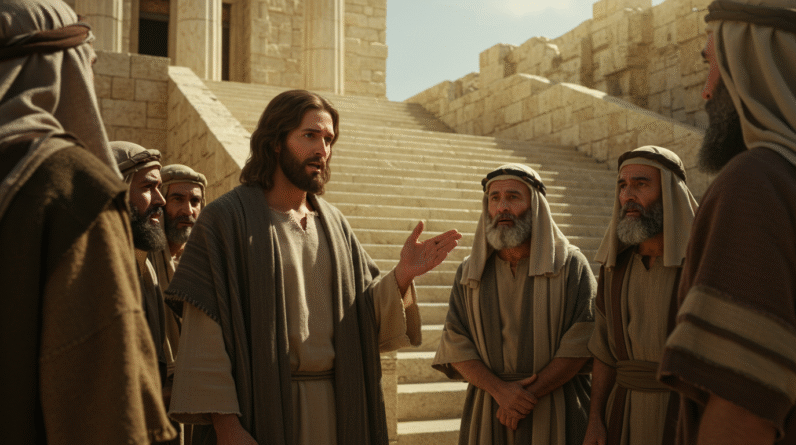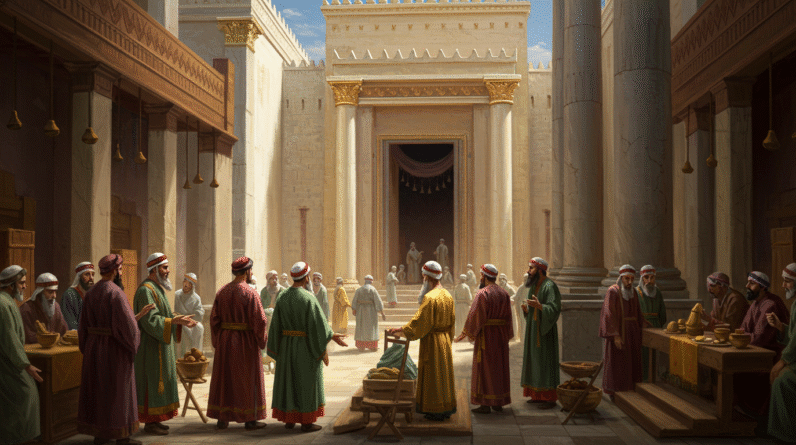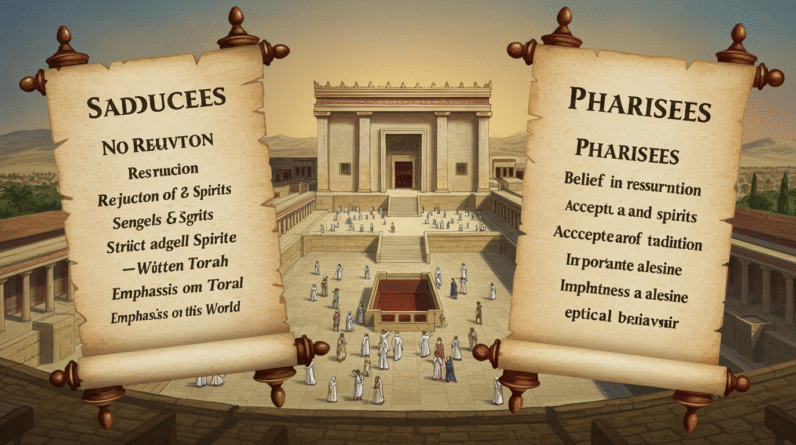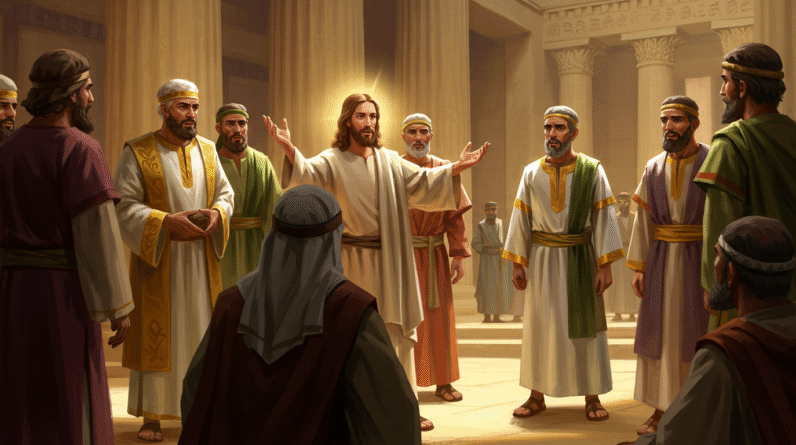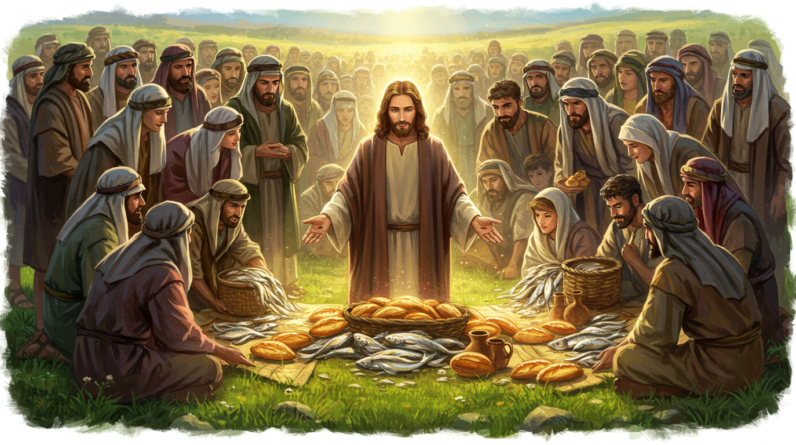Discover how the Church at Antioch in Acts 11:19-30 became a pivotal force for early Christianity, embracing diversity and inclusivity to spread the Gospel to Gentiles.

The Church At Antioch – Acts 11:19-30
Antioch, a vibrant city teeming with cultural diversity and bustling trade, becomes the backdrop for one of the most significant developments in early Christianity. It is here, amidst a confluence of cultures and beliefs, that the church at Antioch emerges as a pivotal point for the spread of the Gospel. Acts 11:19-30 captures this transformative moment, revealing the city’s role as a launchpad for the Christian mission to the Gentiles. Antioch stands out not only for its strategic location but also for its spirit of inclusivity and witness to God’s unfolding plan.
The Context of the Church at Antioch
Antioch, located in modern-day Turkey, was known as a melting pot of cultures, languages, and beliefs. Its position along major trade routes made it a bustling urban center, ripe for the spread of new ideas and movements. The city’s significance cannot be overstated; it was the third-largest city of the Roman Empire, trailing only Rome and Alexandria. In this vibrant and sometimes tumultuous environment, the seeds of Christianity found fertile ground.
Upon the initial persecution that scattered the followers of Jesus, many fled to places like Antioch, bringing with them stories of Jesus’ teachings and the promise of salvation.
The Birth of the Church at Antioch
The church at Antioch came into existence following the persecution of Stephen, a member of the early Christian movement, which forced disciples to scatter as far as Phoenicia, Cyprus, and Antioch itself. Here, the narrative takes an intriguing turn. In Acts 11:19-20, it is noted that while many continued to speak only to Jews, some began preaching to Greeks as well, marking one of the first conscious moves towards a more inclusive gospel outreach. This pivotal moment is underscored by Acts 11:19-20.
This pivotal development was characterized by a spirit of inclusivity, evident in the decision of some non-Jewish believers to engage fellow Greeks with the message of Christ. Their bold initiative gave birth to a blossoming community, one marked by both diversity and unity in the shared faith.
Barnabas and Saul: Pillars of the Church at Antioch
The remarkable growth of the church at Antioch caught the attention of the mother church in Jerusalem. Keen to support this flourishing community, they sent Barnabas, whose name means ‘son of encouragement,’ to nurture the fledgling congregation. As noted in Acts 11:22-24, Barnabas, a good man full of the Holy Spirit and faith, witnessed God’s grace amongst the believers and rejoiced.
Recognizing the potential and diverse nature of this new community, Barnabas sought out Saul, known for his unique insights and fervent proclamation of the Gospel. Saul, who would later be known as Paul, was an ideal fit to help guide a church that stood at the crossroads of culture and faith, hosting an array of Hellenistic Jews and Gentiles under one roof. Together, Barnabas and Saul dedicated themselves to teaching and fortifying the church at Antioch.
The First ‘Christians’
It was in Antioch that the believers were first called “Christians,” a term that encapsulates their identity in Christ and distinguishes them from other sects of Judaism. The moniker, mentioned in Acts 11:26, reflects the burgeoning community’s distinctive character and the tangible impact they had on their surrounding society. It was a title not born of themselves but given by outsiders, testifying to their visibility and influence in Antioch.
Prophecy and Famine Relief
The church at Antioch did not only look inward, strengthening its own numbers. It also looked outward, responding to the needs of the broader Christian community. A prophet named Agabus, arriving from Jerusalem, foretold of an impending famine that would sweep across the Roman world (Acts 11:27-28). In response, the Antioch church mobilized its resources, gathering aid to send to the believers in Judea through Barnabas and Saul.
This selfless act of generosity underscored their sincere faith and foundational belief in community and shared responsibility. It was evidence both of the mature leadership taking root and the interconnectedness of early Christian communities, across distances and cultures.
Lessons from the Church at Antioch
From the narrative of the Antioch church, there are vital lessons that resonate with believers today. First, the courage to expand the scope of the Gospel message beyond familiar borders is a testament to the transformative power of inclusion. In an age often marked by division, the early disciples’ steps into Gentile evangelism encouraged believers to see beyond boundaries of race, culture, and tradition.
Second, the role of encouragement cannot be overstated. Barnabas exemplifies the power of nurture and inclusive leadership, helping others reach potential and fostering growth. His partnership with Saul is a reminder of how diverse strengths can coalesce for a greater impact. In contemporary settings, leaders can draw inspiration from Barnabas, who discerningly mentored sharp yet inexperienced talents like Saul.
Finally, the reciprocity evident in Antioch, as seen in their response to Agabus’s prophecy, highlights the importance of mutual support. Despite being newcomers in faith, Antiochians felt deep kinship with other believers, setting a standard for compassion and tangible support in the face of adversity.
The Church at Antioch and Today’s World
In today’s interconnected world, an Antiochian mindset has never been more applicable. Today’s society is diverse yet deeply divided, paralleling the Roman world’s complex social fabric then. The church at Antioch’s story challenges modern believers to take the bold step of bridging divides with a unifying message of hope and love.
Moreover, as movements and communities emerge to address social injustices and needs, the example of the Antioch church encourages us to remember individual actions’ global impact. Their response to the famine prophecy could be likened to modern relief efforts, starkly reminding us of shared humanity and responsibility beyond our immediate circles.
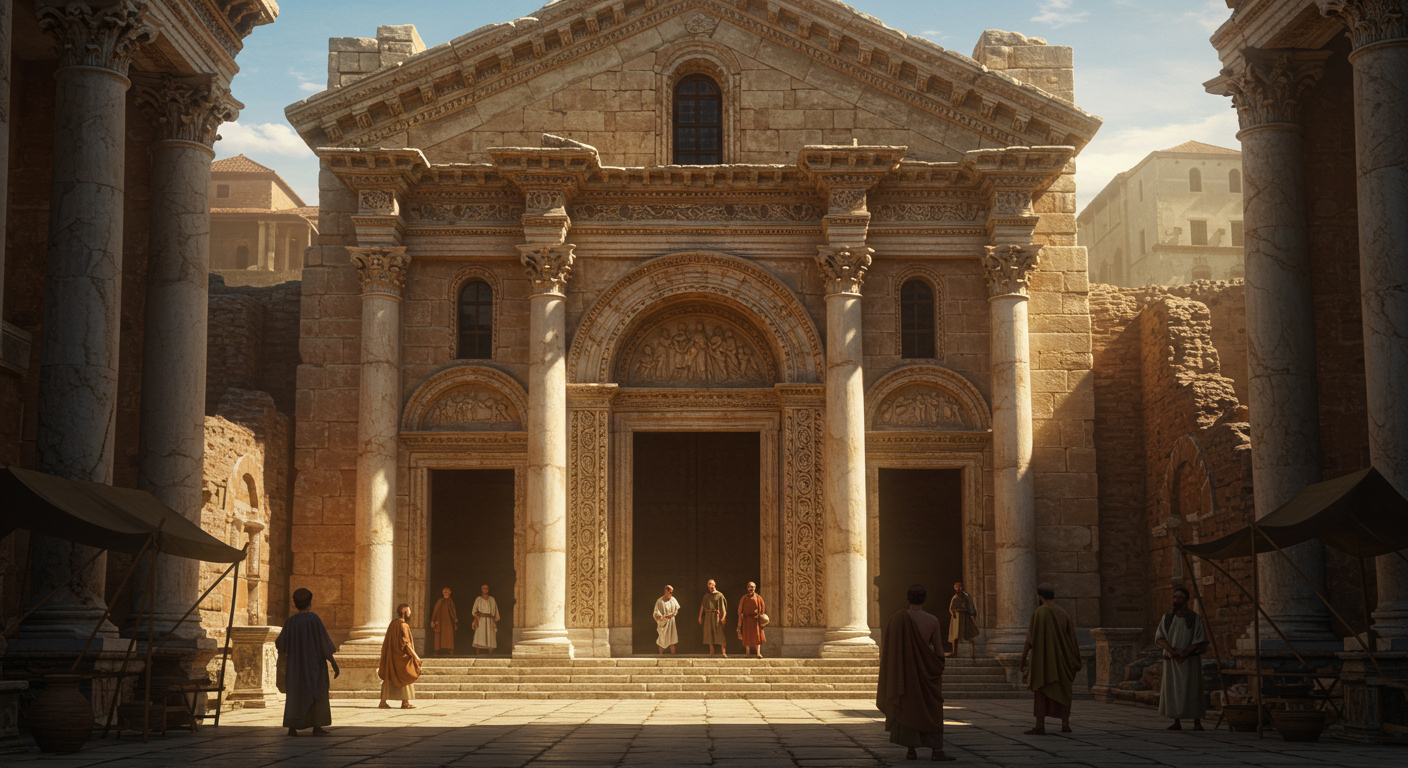
Key Bible Verse
A key verse encapsulates the transformative journey of the Antioch church: “The disciples were called Christians first at Antioch” (Acts 11:26). This simple yet profound statement highlights the identity and influence this burgeoning community held. Their distinctiveness lay in radical love and unity, reflecting Christ’s teachings in their lives.
A Thought-Provoking Question
In the face of cultural and societal divisions today, how can you embody the spirit of the Antioch church, bridging the gap with love and shared purpose? How can you and your community serve as a beacon of inclusive faith?
In conclusion, the church at Antioch serves as an enduring model of dynamic faith, inclusivity, and compassion. Its story encourages believers to transcend boundaries, foster diverse leadership, and respond selflessly to broader needs. As you reflect on this narrative, consider subscribing to updates where similar enlightening stories intertwine historical faith with modern relevance.



